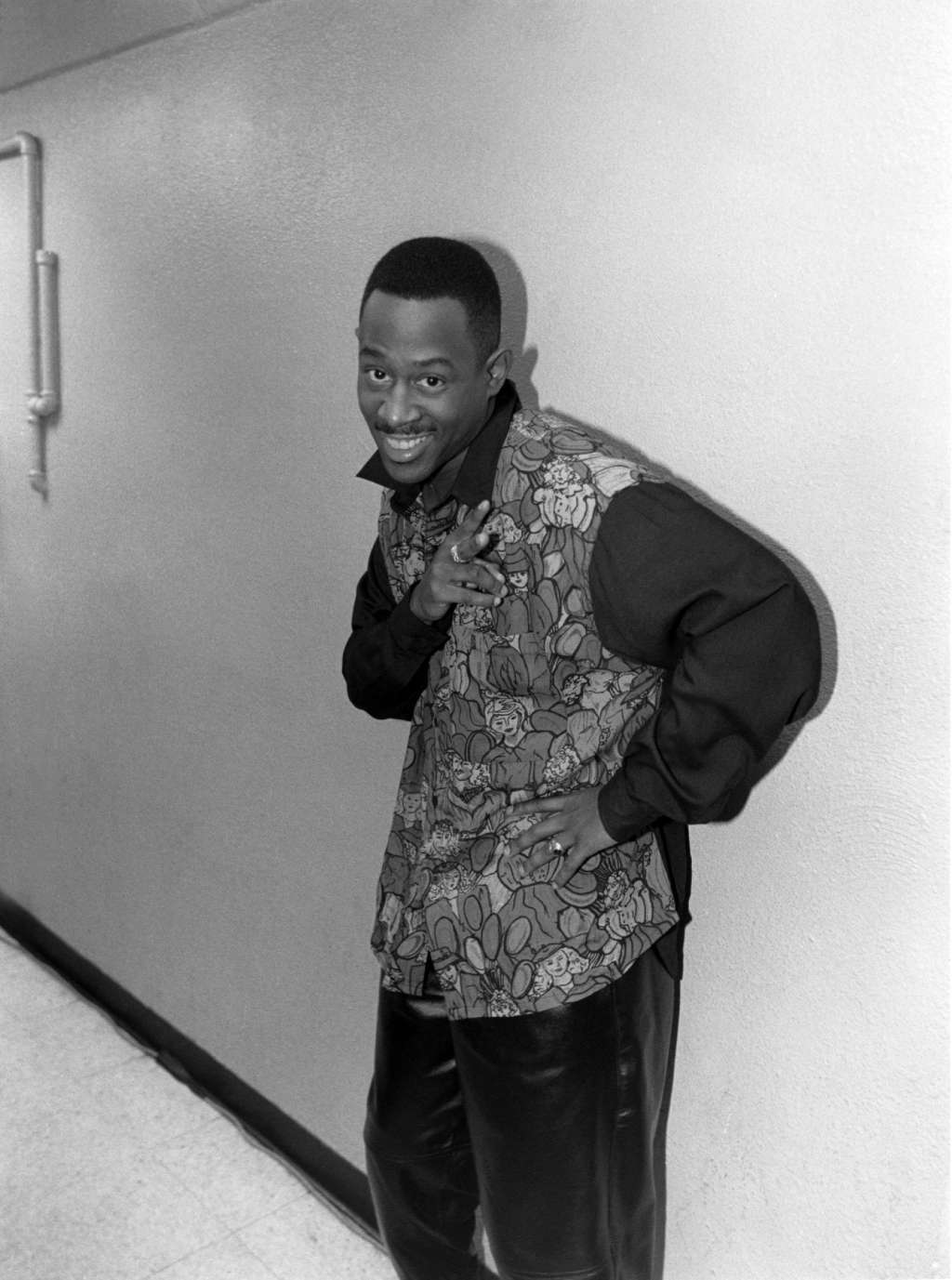You may have heard the sounds of Miles Davis at some point or another. Maybe your parents listened to him. Maybe a friend threw on his Birth of a Cool album. Maybe a TV show or documentary featured his music in the soundtrack. Chances are his music was the introduction to, or shaped your opinion of, the world of jazz.
But did you know how much of a badass he was?
The man lived like a rock star, and certainly earned the right to be one. 25 years after his departure, one of jazz’s strongest voices is still a force of inspiration. The first film depicting him was finally released this year, which was almost a decade in the making. Few actors could capture the nuances of his personality like Don Cheadle did in Miles Ahead, which feels like a scattered psychological take on the “prince of darkness.”
But there are parts of his life which weren’t so cool, from his grapple with drug use to abusing his wives. Like many iconic figures, he was far from a perfect person, but in examining his struggle with personal problems and studying his influence, the fullness of his humanity is better understood. There are many things, good and bad, to be learned about Miles.
With that said, here are a few reasons why he will always be the man:
1. His personality was one of a kind.
When watching Don’s new film, the first thing that will probably strike many is the way Miles carries himself. The Hotel Rwanda actor really nails the nuances of how Miles presented himself in public. From the raspy voice he gained when he had pneumonia and tried to yell at someone, to the way he would watch people with a brooding look, Miles earned his nickname the “prince of darkness.” Perhaps the best demonstration of his personality can be found in his music, which was always evolving and never conformed to a single idea.
2. His fashion sense was impossible to copy.
If you look at the outfits Miles wore over the years, he never had a bad day. From animal coats to rock get ups and sharp suits, he was oftentimes the best-dressed person whenever he went out. Simply put, he always looked like a million-dollar man.
3. He had an impeccable appreciation for cars.
From owning a Jaguar XJ-S to being spotted in a Ferrari 275, Miles drove cars that matched his lifestyle of never settling for less. When he jumped from Prestige Records to Columbia Records to get a better contract with residuals, he treated himself to a Ferrari 275. He was driving a Lamborghini the night his car was shot up after performing in Brooklyn. He also urged members of his band to drive around in style, encouraging them to get the best.
4. He also had a talent for boxing and painting.
Jazz was not the only thing Miles wanted to do with himself. He would practice boxing on the side during his musical heyday, finding himself drawn to the sport. He ended up naming one of his albums Jack Johnson after the legendary boxer. He also became friends with Sugar Ray Robinson and once trained at the same gym as him. He saw quite a few similarities between music and boxing, and practiced both with uncompromising discipline.
When he was not practicing his blows, he channeled his creativity into other things. Miles would draw paintings on the side with the same intensity as boxing. He even painted the cover for his 1989 album Amandla. For him, hobbies were another way to practice and experiment.
5. He never took crap from anyone.
Miles was notorious for being brutally honest with people, and did not bite his tongue for anyone. In his biography, he mentions an event in which he was being honored. At this event, the wife of a famous politician asked him why jazz was not appreciated in America. His response was that it had been created by Black people, and that White Americans could not bring themselves to respect something from a different race. This and many moments of unflinching honesty can be found in his autobiography, where he reflects on his life of few regrets.
6. His album covers were something else.
His early album covers had a simplistic approach that was fairly common in jazz. By the time he was propelled to stardom, however, his LPs featured images just as creative as the man behind them. Just looking at the entire cover for his most controversial album, Bitches Brew, shows how radical he allowed his album covers to be. Or even his funk-drenched On the Corner featured cartoon characters that looked like the Black Panthers, hustlers, and people of the hood in the ’70s. His Tutu album features a black and white photo of his face which has now become iconic. Each album cover has a different way of standing out.
A little known fact: Miles always demanded that Black people should appear on his album covers. Back when record labels would market jazz albums by displaying White people on them, Miles pushed back against this and had one of his wives or himself appear on most of his own records.
7. He was the center of jazz for two decades.
It can be argued that from 1955 to 1975, Miles was the heartbeat of jazz. His music from that time would either be ahead of any new shifts in the genre, or his music would dictate where the genre was going next. On his first outing he would help to forge cool jazz, and his last album with Easy More Bee was one of the first to mix hip-hop and jazz. Everything in between ranges from classic, to iconic, to great and daring. The genre went in many directions while he was alive, but most of the time he knew where it needed to go next.
8. The list of people who he has influenced is endless.
From the artists who played with him, like Herbie Hancock and Wayne Shorter, to icons like Prince, it is almost impossible to measure the impact of Miles on music. It simply cannot be quantified.
SOURCE: YouTube | PHOTO CREDIT: Getty
<p>Facebook Live Is Loading....</p>




